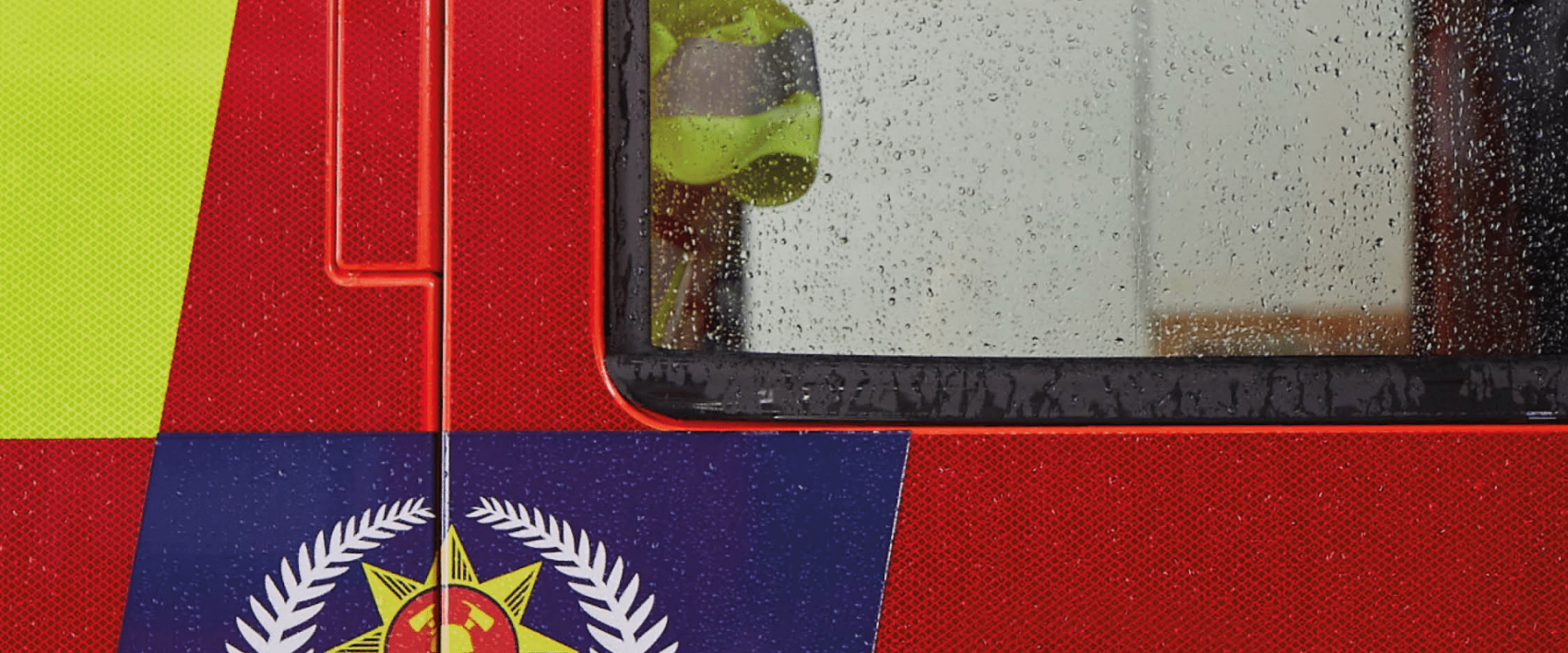Information on upcoming NZPFU strike action
26 August 2022
On Friday 2 September and 9 September, members of the New Zealand Professional Firefighters Union (NZPFU) will be stopping work for one hour, from 11AM to 12PM.
On this page:
NZPFU and collective bargaining
Map of stations around New Zealand
What this means for you
Fire and Emergency will continue to respond during this hour, but in city areas we’ll have significantly fewer firefighters and we will take longer than usual to respond to some emergencies. We also may not attend less serious events like private fire alarms where there is no evidence of a fire, small rubbish fires or animal rescues.
This map shows the areas primarily covered by NZPFU members (career firefighters).
You can also help in the following ways:
- Do NOT call 111 unless it is a genuine emergency.
- If there is a fire, get out and dial 111. Don’t go back in.
As always, be prepared
In the event of a fire, make sure your household is well prepared:
- Plan your 3-step escape plan.
- Check your smoke alarms are working.
Stop a fire before it starts
We also ask that you remain extra vigilant during this time:
- Keep everything at least one metre from your heater.
- Remove lint before every dryer use.
- Don’t leave cooking unattended.
- Cool ash in a metal bucket before you dispose.
- Don’t light any unnecessary fires.
For more detailed fire safety information, click the below links.
- Winter fire safety
- Preventing unwanted alarms.
- Home and community fire safety
- In the event of a fire
- Recreational and cultural
- Farms, rural properties and rural businesses
- Hazardous substances
If you have any specific fire safety concerns that aren’t covered on our website, please contact us at Web.Communications@fireandemergency.nz
NZPFU and collective bargaining
The New Zealand Professional Firefighters Union (NZPFU) is one of three unions representing employed personnel at Fire and Emergency. The NZPFU covers members employed as firefighters, officers, National Communications Centre staff, and other operational roles such as training, volunteer support, risk reduction and community readiness and recovery.
Collective agreements are re-negotiated periodically, at least every three years. Fire and Emergency are currently negotiating with the NZPFU.
The NZPFU does not represent volunteers as they aren’t paid employees of Fire and Emergency.
That means that the 12,000 plus Fire and Emergency volunteers will not be participating in the planned one-hour strike action on Friday 19 August and Friday 26 August.
Please refer to the map below to see what stations around the country are career, volunteer, or composite (both).
Find out more about the collective bargaining process, Fire and Emergency’s latest offer, and firefighters’ current pay and conditions: New Zealand Professional Firefighters Collective Employment Agreement.
The latest on NZPFU strike action from Deputy National Commander, Brendan Nally
We have contingency plans in place which will enable us to continue to respond to emergencies in impacted urban areas primarily served by career firefighters. However, with significantly fewer firefighters and 111 Communication centre dispatchers than usual, and our responses will be delayed.
Volunteers from almost 600 fire stations nationally will respond to emergencies as they do now and provide the services they are trained to do. Volunteers on the fringes of career zones will be responding from their own stations in their own trucks to help as they do now when there are multiple emergencies at one time. Executive officers will also respond.
Part of our contingency planning includes not responding to less serious incidents in career zones during the hour of the strike. For example, this would include private fire alarms where there is no evidence of a fire, small rubbish fires or animal rescues. This will ensure our resources are focused where they are needed most.
The strike action means that, for the hour in question, career crews will be unable to respond to medical emergencies as they usually would. We have notified St John and Wellington Free Ambulance. Volunteers will not be turned out to medical response outside of their usual area.
I know all our firefighters care deeply about serving their communities and keeping people safe. The NZPFU’s decision to escalate the industrial action, despite a substantially increased offer, is extremely disappointing.
Map of stations around New Zealand
The red dots are career stations, where NZPFU members will stop work. The yellow dots are composite stations, which are staffed by career and volunteer firefighters. The blue dots represent our volunteer stations.














